I have seen a couple of AC EV Chargers that take in 3-phase inputs
First, you know what an EV "charger" actually is, right?
Video on the subject - note the author is incorrect about European AC charging working differently. The protocols are absolutely identical, except for 2 extra phase wires being tacked on. An adapter can be made to let American NACS cars use the Mennekes port, or vice versa. This will be made entirely of plastic and brass.
Text on the subject
For US it is 120V. For UK and Europe it is 240V/220V.
North America is 120V or 240V single-phase, with some chitchat about implementing 277V.
UK/Europe are 220-240V single or 3-phase, hence the extra pins on the Mennekes.
I need to know what is the maximum current, I mean, load current, so that I can select the fuse for the components and the 4pole relay's accordingly.
Watch the video and read the text linked. That maximum current is decided by the designer.
If you actually mean EVSE, then you alone decide the max current by the duty cycle of the square wave you send to the EV. Note that the contactor is only a safety disconnect to render the NACS or Mennekes port "touch-safe" since (as you can see) the contacts are well within the reach of fingers or tongue. If the contactor is interrupting current, then something has failed catastrophically and will be going to the repair shop today. In fact, there may be a circuit breaker trip, rendering the contactor moot.
If you actually mean the water-cooled AC Battery Charge Unit onboard the car, you also decide the max current you are willing to draw given the components you have selected. You must still respect the directive of the square wave, and do it in real time. E.G. if you have designed for 22 amps and the square wave drops from 40% to 20%, you must immediately reduce to 12 amps.

North American "NACS" J3400..... and European "Mennekes" J3068 (IEC 62196-2) connectors. Far be it from me to provide obsolete data :) Courtesy Wikipedia.
The only electrical differences between these sockets are the two extra phase wires. An adapter can be made which simply passes through L1, "L2/N" to N, PE, CP and PP, allowing either car to charge on the other port, albeit on single phase.
